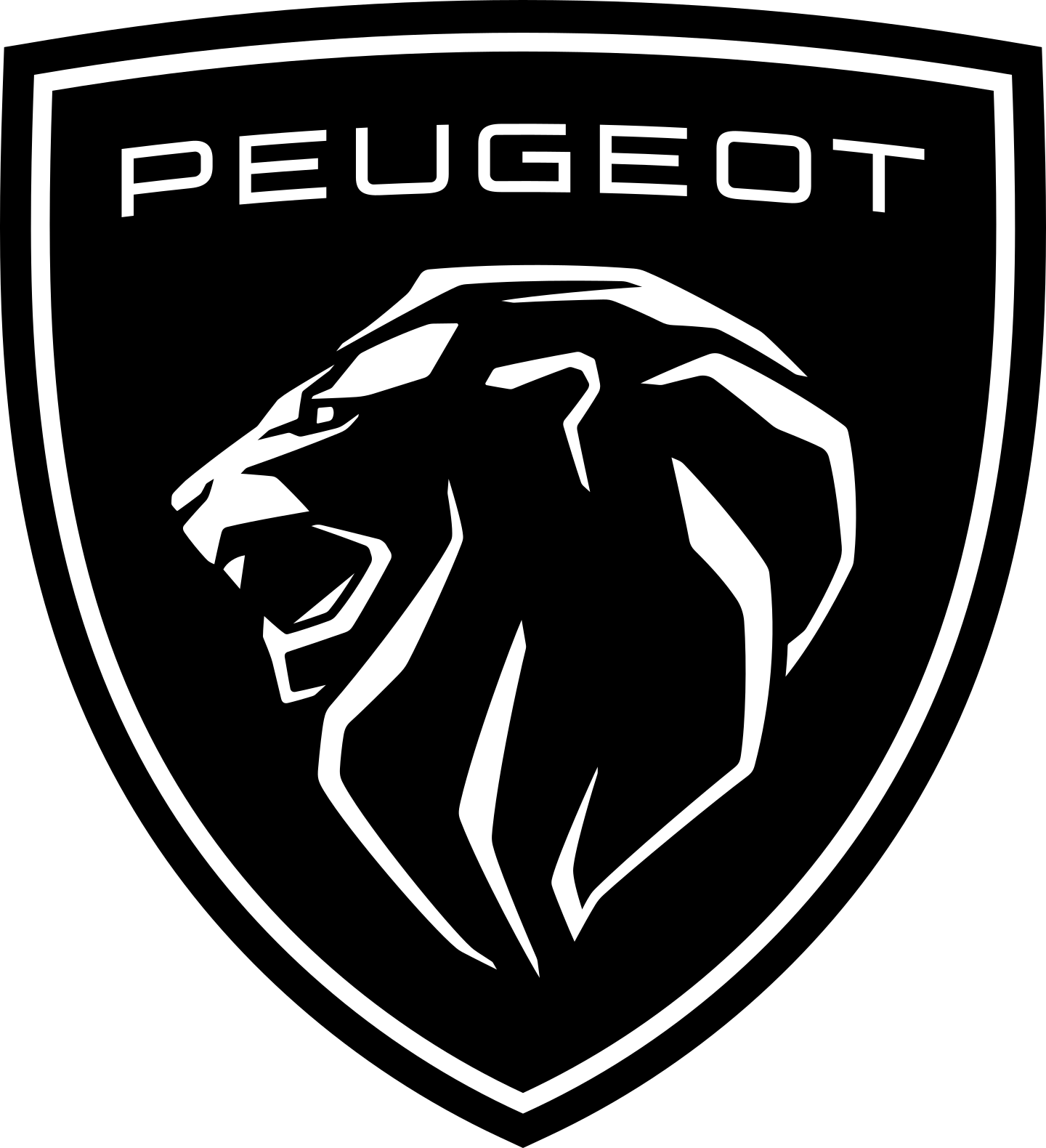How Mythology Shapes Modern Symbols of Renewal
1. Introduction: The Power of Mythology in Shaping Symbols of Renewal
Throughout history, mythology has served as a profound reservoir of archetypes and stories that embody fundamental human experiences. Among these, the theme of renewal — encompassing rebirth, transformation, and resilience — holds a central place. In cultural and psychological contexts, renewal signifies not only societal progress but also personal growth after adversity.
Mythological stories have long conveyed themes of death and rebirth, illustrating the cyclical nature of life. These narratives often employ powerful symbols that resonate across generations, shaping our modern understanding of renewal. This article explores how ancient myths influence contemporary symbols, from visual motifs to media narratives, fostering a collective sense of hope and transformation.
To grasp this influence, we will examine core mythological concepts, their modern interpretations, and how symbols such as fire, hooded figures, and game mechanics embody the timeless principles of renewal. Understanding these connections enhances our appreciation of cultural continuity and personal resilience.
- Core Mythological Concepts Underpinning Symbols of Renewal
- Modern Interpretations of Mythical Symbols of Renewal
- The Role of Anonymity and Inevitable Change: Hooded Figures as Metaphors
- Modern Gaming as a Reflection of Mythological Renewal
- Non-Obvious Dimensions of Mythology and Renewal
- The Evolution and Future of Mythological Symbols of Renewal
- Conclusion: Connecting Ancient Myths to Modern Symbols of Rebirth
2. Core Mythological Concepts Underpinning Symbols of Renewal
a. Fire as a Purifying and Destructive Force in Mythology
In many mythologies, fire embodies dual qualities — it can destroy, but also purify and renew. The destructive aspect symbolizes the necessary end of old forms, paving the way for new growth. Ancient Greeks viewed fire as a divine element, with gods like Hephaestus forging and transforming materials, while in Hindu tradition, Agni acts as the purifier in rituals, symbolizing spiritual cleansing and renewal.
b. The Symbolism of Rebirth Through Fire Across Cultures
The myth of the phoenix is perhaps the most iconic representation of fire-driven renewal. This legendary bird, cyclically reborn from its ashes, exemplifies resilience and eternal renewal. Similarly, in ancient Egypt, the god Osiris was resurrected after death, symbolizing regeneration. In Indian mythology, Agni not only consumes sacrifices but also signifies spiritual rebirth, illustrating how fire acts as a universal metaphor for transformation across cultures.
c. The Significance of Transformation, Death, and Rebirth in Myth Narratives
Myth stories often explore the cycle of death as a necessary precursor to rebirth. Such narratives serve as allegories for personal and societal renewal, emphasizing that destruction is not final but a catalyst for growth. These themes underpin many contemporary symbols that evoke hope amid adversity, illustrating the enduring power of myth in shaping our understanding of renewal.
3. Modern Interpretations of Mythical Symbols of Renewal
a. How Ancient Myths Influence Contemporary Visual Symbols and Narratives
Ancient myths continue to inspire modern visual culture, from logos to storytelling. The phoenix appears in corporate branding as a symbol of rebirth and resilience, while literature and film often depict characters undergoing transformative journeys rooted in mythic archetypes. For example, the phoenix motif has been adapted into logos for companies emphasizing renewal after crises, demonstrating the enduring relevance of mythic symbols.
b. The Psychological Impact of Renewal Symbols on Individual and Collective Identity
Psychologically, symbols like fire and rebirth evoke hope and resilience, helping individuals cope with change and trauma. Carl Jung noted that archetypal symbols serve as mirrors of the collective unconscious, reinforcing our capacity for renewal. When societies face upheaval—be it economic or environmental—these symbols foster collective resilience and a shared sense of possibility.
c. The Use of These Symbols in Modern Media, Literature, and Branding
Modern media heavily employs myth-inspired symbols to evoke emotional responses. Films like Harry Potter or The Lord of the Rings depict characters undergoing transformative rebirths, often linked to mythic themes of fire and death. Similarly, brands leverage these symbols to communicate resilience, innovation, and renewal, illustrating their universal appeal and psychological potency.
4. The Role of Anonymity and Inevitable Change: Hooded Figures as Metaphors
a. Symbolism of Hooded Figures Representing Mystery, Anonymity, and the Inevitability of Transformation
Hooded figures often symbolize the unknown, fate, and the mystery surrounding life’s transformations. Their anonymity reminds us that change is an inevitable part of existence, often beyond our control. The hood acts as a veil, emphasizing the mystery of what lies ahead—akin to mythological themes where fate guides destinies without clear explanation.
b. Examples from Popular Culture and Art That Utilize Hooded Imagery to Evoke Renewal Themes
In films like The Lord of the Rings, the enigmatic figure of the Gandalf the Grey in a cloak symbolizes wisdom and transformation. Similarly, in contemporary art and fashion, hooded figures evoke mystery and the potential for renewal—a metaphor for personal journeys through the unknown.
c. Connection to Mythological Themes of Fate and the Unknown Future
These images connect deeply with mythological themes where fate and the future are shrouded in mystery. The hooded figure embodies the idea that renewal often involves stepping into the unknown, trusting the process of transformation—a core element shared across mythic narratives and modern interpretations.
5. Modern Gaming as a Reflection of Mythological Renewal
a. How Game Mechanics Like Bonuses Symbolize Unexpected Fortune and Fate
Video games often incorporate mechanics that evoke the themes of chance and renewal, such as bonus rounds or reward systems. These elements mirror mythological concepts where unexpected fortune signifies the possibility of rebirth after adversity. Such mechanics reinforce the idea that transformation can occur suddenly and unpredictably, much like mythic rebirths.
b. Case Study: «phoexix graveyeard 2» as an Example of Renewal Symbolism in Interactive Entertainment
In the game «phoexix graveyeard 2», players experience a visual and narrative motif of rebirth, where the phoenix myth is central. The game mechanics—such as respawning or gaining new opportunities—embody the timeless principle of renewal through destruction and resurgence, illustrating how modern interactive media continue to draw on mythic archetypes.
c. The Narrative and Visual Design Choices That Evoke Mythological Themes of Rebirth
Visuals of flames, ashes, and reborn creatures are common in game design, reinforcing the mythic symbolism of fire as a transformative force. Narrative choices, such as characters rising from defeat or destruction, echo ancient stories of resurrection, making the gaming experience both engaging and culturally resonant.
6. Non-Obvious Dimensions of Mythology and Renewal
a. The Psychological Significance of Fire and Destruction in Personal Growth
Beyond cultural symbols, fire and destruction have deep psychological meanings. They represent the process of confronting inner fears and letting go of old patterns. Psychologists suggest that facing metaphorical ‘fires’ in life, such as loss or failure, can catalyze personal transformation and resilience, aligning with mythic themes of rebirth through adversity.
b. Cultural Variations in Symbols of Renewal and Their Implications for Global Understanding
Different cultures employ diverse symbols for renewal: the Japanese kamikiri (divine wind), the Scandinavian Yggdrasil (world tree), or the African Nkisi figures representing spiritual rebirth. Recognizing these variations enhances cross-cultural understanding and underscores the universality of renewal themes.
c. The Interplay of Chance, Fate, and Renewal in Modern Storytelling and Symbolism
Modern narratives often blend elements of chance and fate, reflecting mythic ideas that renewal can be unpredictable yet inevitable. Films, literature, and art depict characters and societies navigating uncertainties, illustrating that embracing change and the unknown is essential for growth.
7. The Evolution and Future of Mythological Symbols of Renewal
a. How Digital Media and Virtual Environments Are Redefining Renewal Symbols
Digital platforms and virtual worlds expand the ways symbols of renewal are experienced. Interactive environments allow users to participate in cycles of destruction and rebirth, creating personalized mythic journeys. Virtual reality and gaming continue to adapt ancient symbols, making them more accessible and immersive.
b. Potential New Symbols Emerging from Contemporary Myth-Making
As cultures evolve, new symbols are emerging—such as digital phoenixes or AI-driven rebirth motifs—that reflect contemporary notions of renewal. These symbols embody the fusion of ancient archetypes with modern technology, emphasizing that mythology remains a living, adaptable tradition.
c. The Importance of Understanding Mythological Roots to Interpret Future Cultural Symbols
Deep knowledge of mythological origins offers valuable insights into emerging symbols, aiding interpretation and appreciation. Recognizing the archetypal themes behind new icons allows us to see continuity amid change, fostering a richer understanding of our shared cultural heritage.
8. Conclusion: Connecting Ancient Myths to Modern Symbols of Rebirth
“Mythology provides the timeless blueprint for understanding renewal — a cycle of destruction and rebirth that remains relevant across ages and cultures.”
Ancient myths continue to inform our modern symbols of renewal, from visual motifs to narrative themes. Recognizing these connections deepens our appreciation of cultural continuity and personal resilience, especially as new symbols emerge in digital and global contexts.
Whether through the fiery rebirth of a phoenix or the mysterious hooded figure stepping into the unknown, mythological themes serve as guiding lights for individual and societal transformation. Embracing these archetypes enriches our understanding of change’s vital role in human life.
As we navigate an ever-changing world, appreciating the roots of our symbols helps us interpret and harness their power for future growth. The ongoing dialogue between past and present underscores the enduring significance of mythology in shaping our collective journey toward renewal.









